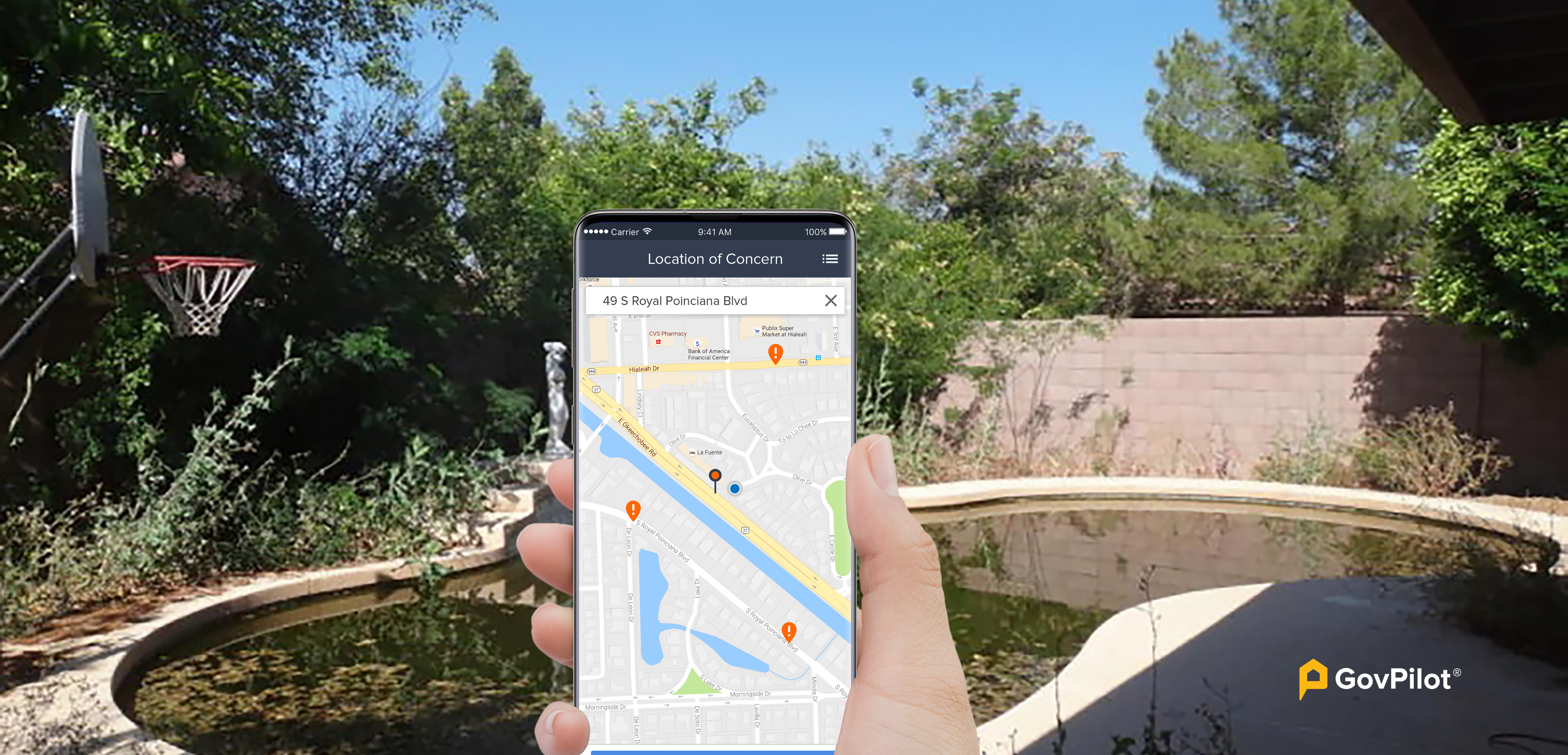Every day, residents notice issues in their communities: potholes that need filling, streetlights that have burned out, or, possibly, public health concerns that require attention. Yet the gap between spotting a problem and seeing it resolved has historically been wide, frustrating, and opaque for reporters.
Meanwhile, local governments can struggle with the challenge of efficiently collecting, routing, and resolving resident concerns. Why? Fragmented systems.
When reporting relies on phone calls, scattered emails, and paper forms, reported concerns easily disappear into departmental silos. Constituents don’t know where to report concerns, so they use whatever means they know, but they may report to the wrong department.
What’s the answer? Connected digital platforms that unite residents and government staff in a shared, transparent workflow.
Camden County, New Jersey offers a compelling case study in how this transformation works in practice.
Fragmented Systems Fail Communities
Before implementing a unified digital solution, Camden County faced problems common to local governments nationwide. Residents would report issues through whatever channel seemed most convenient, like calling the main line, emailing a department directly, or walking into an office.
The challenge wasn't a lack of effort from staff or residents. It was that information entered the system through disconnected doors and often stayed disconnected throughout the resolution process.
Staff manually routed requests, tracked updates across multiple spreadsheets, and relied on institutional memory to ensure nothing fell through the cracks. Departments operated in isolation. A single concern that touched Public Works, Health, and Engineering might require three separate reports, each with its own timeline and no shared visibility.
The result was predictable: delayed responses, duplicated efforts, and problems that grew worse while waiting for resolution. Perhaps most importantly, residents lost trust that their concerns were being heard or addressed.
Building a Connected Solution
Camden County's approach centered on creating a single, integrated platform for resident concerns. They made it accessible from multiple entry points but ensured it flowed into one unified system.
Today, residents can submit concerns through several channels:
- An online form on the county website
- A mobile app that uses GPS to pinpoint locations and allows photo attachments
- Direct reports from field staff and inspectors using mobile tools
- Traditional phone calls and emails, which staff enter into the system
The critical difference is what happens next. Once submitted, each report is automatically routed to the appropriate department, timestamped, mapped, and tracked in a centralized dashboard. Staff receive instant notifications. Residents get confirmation and status updates throughout the resolution process.
In 2025 alone, the county processed 968 resident concerns through the platform, alongside thousands of other service requests including mosquito complaints, homelessness reports, and various permit applications. It all happened in a single, integrated environment, providing visibility to county leaders.
Four Key Benefits of Connected Citizen Engagement
- Speed Through Automation
Automated workflows eliminate manual sorting and forwarding. When a resident reports a streetlight outage at 11 PM on Sunday, the system can immediately creates a work order, notify the appropriate crew, and confirm receipt with the resident.
- Cross-Department Visibility
When multiple departments need to coordinate on a single issue, shared dashboards ensure everyone can work from the same information in real time. This eliminates the confusion of competing spreadsheets and reduces duplicate reports.
- Data-Driven Resource Allocation
Over time, the system reveals patterns. Which neighborhoods generate the most infrastructure concerns? Are response times improving or declining? What types of issues are most common in summer versus winter? This data helps leaders allocate budgets and staff more effectively.
- Rebuilding Trust
Transparency matters. When residents can submit concerns 24/7, receive confirmation, and track progress, they see tangible evidence that their local government is listening and acting. That visibility rebuilds trust that may have eroded through years of opaque processes.
The Implementation Reality
Digital transformation sounds appealing in theory, but execution matters. Camden County's experience highlights several practical considerations:
- Training is essential. Staff need time to adapt to new workflows, and some departments may resist changing established processes. Building buy-in requires demonstrating value early and often.
- Data privacy requires attention. When collecting resident information and mapping concerns, governments must implement strong security protocols and clear policies about data retention and access.
- Not everything moves to digital immediately. Some residents will always prefer phone calls, and that's okay. The key is ensuring that regardless of how information enters the system, it flows into the same connected platform.
What This Means for Local Government
Camden County's results demonstrate what's possible when local governments invest in connected digital infrastructure. There, nearly 1,000 annual resident concerns were processed more efficiently than before, with improved coordination across departments, improving social services for those in need and public works operations that benefit everyone.
But the technology itself is only part of the story. The real transformation happens when governments to seeing resident concerns as valuable data that drives better decision-making and stronger communities.
This approach represents a fundamental change in how local government operates. Technology can help staff transition from reactive and fragmented responses to proactive and coordinated. From opaque to transparent. From siloed to connected.
Looking Forward
As more local governments adopt integrated platforms for citizen engagement, the expectations for responsiveness will continue to rise. Residents in connected communities will expect their concerns to be addressed in days, not weeks. They'll expect transparency about timelines and progress. They'll expect their local government to learn from patterns and proactively address recurring issues.
Meeting those expectations requires the right technology, plus the right mindset. Digital platforms like GovPilot's Report a Concern module provide the infrastructure. Sustained success depends on a commitment to transparency, accountability, and continuous improvement.
For local governments ready to make that commitment, the path forward is clear: break down silos, connect systems, and empower both residents and staff to participate in a more responsive, efficient form of civic engagement.
Because when communities connect digitally, everyone benefits.





